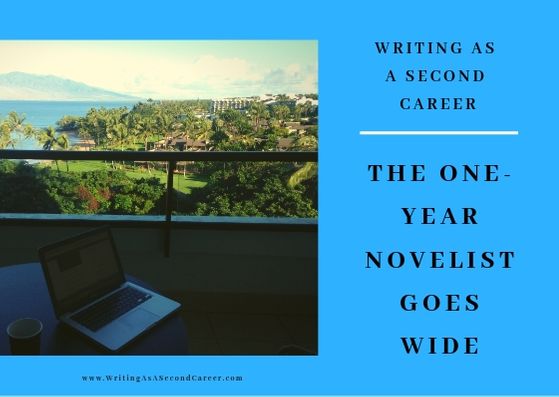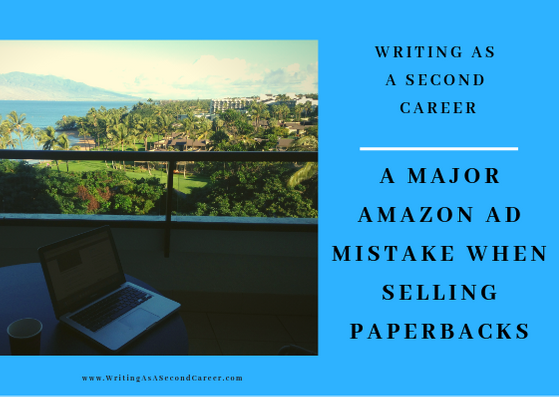Is it possible to work less and get more done?
Writing what I aim to accomplish next to each task in my calendar (learned from Extreme Productivity: Boost Your Results, Reduce Your Hours by Robert C. Pozen) is helping me do just that.
Creating The To Do List
Most of us who create To Do lists or include tasks on a calendar every day do it because it helps us get things done. In addition to keeping me on track, crossing something off a list gives me a feeling of accomplishment.
But that feeling can fool us.
If the thing you crossed off doesn’t serve a purpose, you spent time working for nothing.
But wait, I can hear you say, at work you get paid to get things done. So we are not working for nothing.
It’s true. When you work for someone else, that person or company usually creates your To Do list. And rewards you for crossing things off.
When you work for yourself, though, or pursue a project like writing a novel because you’ve chosen to do it, no one is paying you based on finishing tasks.
A task only has value if it helps you reach a goal. If not, you’re better off doing something else (or taking a break).
Getting To The Goal
As one example, if your goal is to write a novel, you might include on your calendar participating in a writers critique group (in person or online). Let’s say the group requires all five participants, including you, to circulate 10 pages of writing 2 days before your meeting.
Everyone reads and critiques one another’s work. You meet weekly to discuss the comments.
You’re hoping the group will help you reach your goal of finishing your novel.
But will it? And are the tasks relating to it truly necessary?
Necessary Or Not?
There is no one answer to whether a critique group is necessary or not. So let’s look at how you figure that out by adding your purpose into your calendar.
First, think about your overall goal in attending the group. If the goal is to finish your novel, write that down.
Second, look at each separate task.
Writing your pages serves the purpose of getting you closer to finishing a novel. That one seems easy, and we’d probably keep it on our calendar regardless of the critique group.
The reason to read other people’s writing seems obvious: fair is fair. If you want group members to critique your work, in turn you need to critique theirs.
That reason, however, doesn’t tell us if staying in the group serves a purpose.
The question is whether the group causes you to write more pages than you would if you freed up the hours it takes to read other people’s work and to attend meetings. If without a group you won’t write, or you’ll write a whole lot less, then the group-related tasks serve their purpose. I’d keep them on my calendar.
But let’s say that you generally write whether or not you attend a critique group.
If so, the group is not serving the purpose of helping you finish the novel. In fact, it might be getting in the way of it because the hours you spend critiquing other people’s work and at meetings could be spent on your own book.
Before crossing all the critique group tasks off your calendar, though, it’s worth looking at whether you have any other purpose in attending.
For instance, you might attend because you want to improve your writing skills. If that’s so, likewise you need to look at each task related to the group and ask yourself if it accomplishes that purpose.
Writing Your Purpose Every Week
Once you decide a critique group (or anything else) is worth your time, you might be tempted to block it into your calendar for the entire year.
Including the purpose each week, though, is key to spotting tasks that no longer serve a purpose.
Going back to the critique group example, I typically write whether or not I attend a group. But for a long time I attended a writers group for a different purpose. Reading and critiquing the pages of other people helped me become a better novelist.
That was so because I could often see things in their writing that I didn’t recognize in my own, which helped me improve my novels.
As I wrote more and more, though, critiquing group members’ pages helped less. I often gave comments on basic grammar or sentence structure. While I’m not a perfect writer, I felt pretty confident about those skills. And what I needed to work on most–overall plot and character development–wasn’t covered because we read only small sections, not entire novels.
Nonetheless I kept attending for years because I thought going to writers groups was a good thing.
Had I started writing down the purpose for each task earlier, I would have realized much sooner that I was spending time on things that weren’t helping me reach my goals.
Now I am focusing particularly on things I do for marketing and promotion. I’m continuing with many of them, but already dropped three or four that didn’t truly serve a purpose. Which means I’m working less.
If you’d like to work less, too, try looking at the tasks on your own calendar.
Write your purpose next to each one. I’m betting you’ll discover a number that you can drop. Let me know!
That’s all for today. Until next Friday when we’ll talk about accomplishing more with less stress—
L.M. Lilly
P.S. Writing down a purpose for each task also helped me stop putting things off, as I wrote about last week, and increase my energy and motivation.













